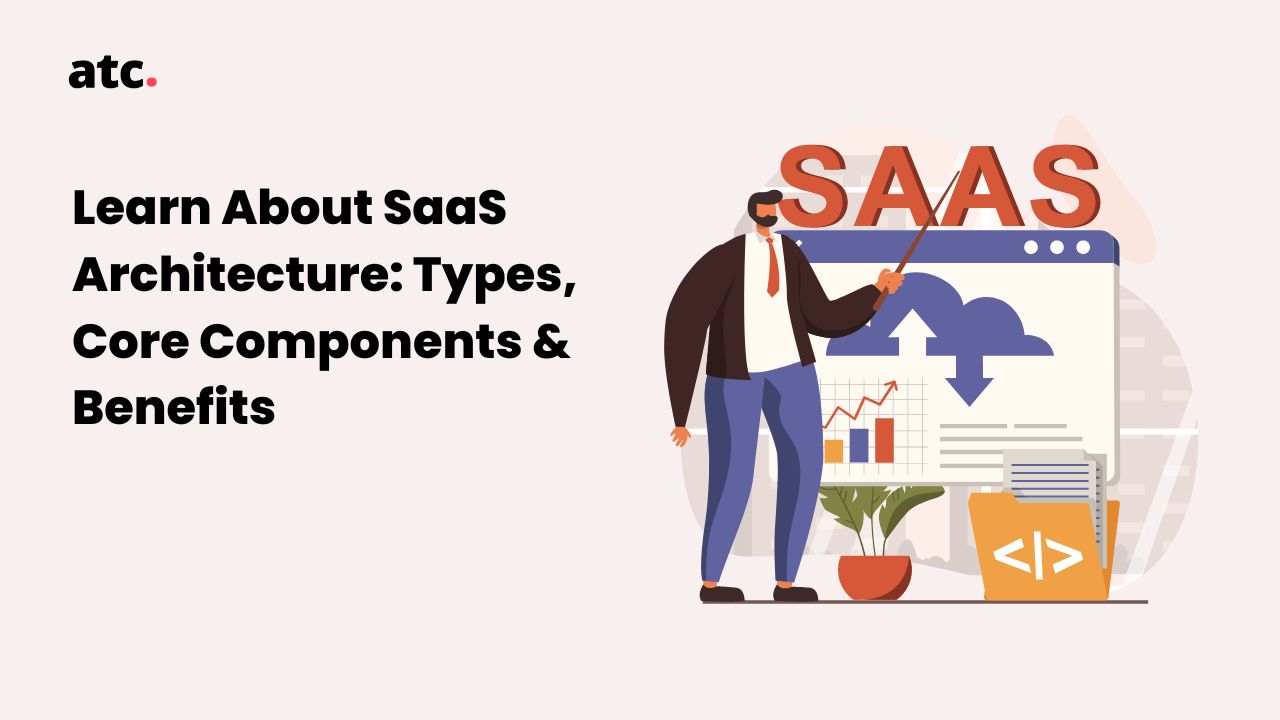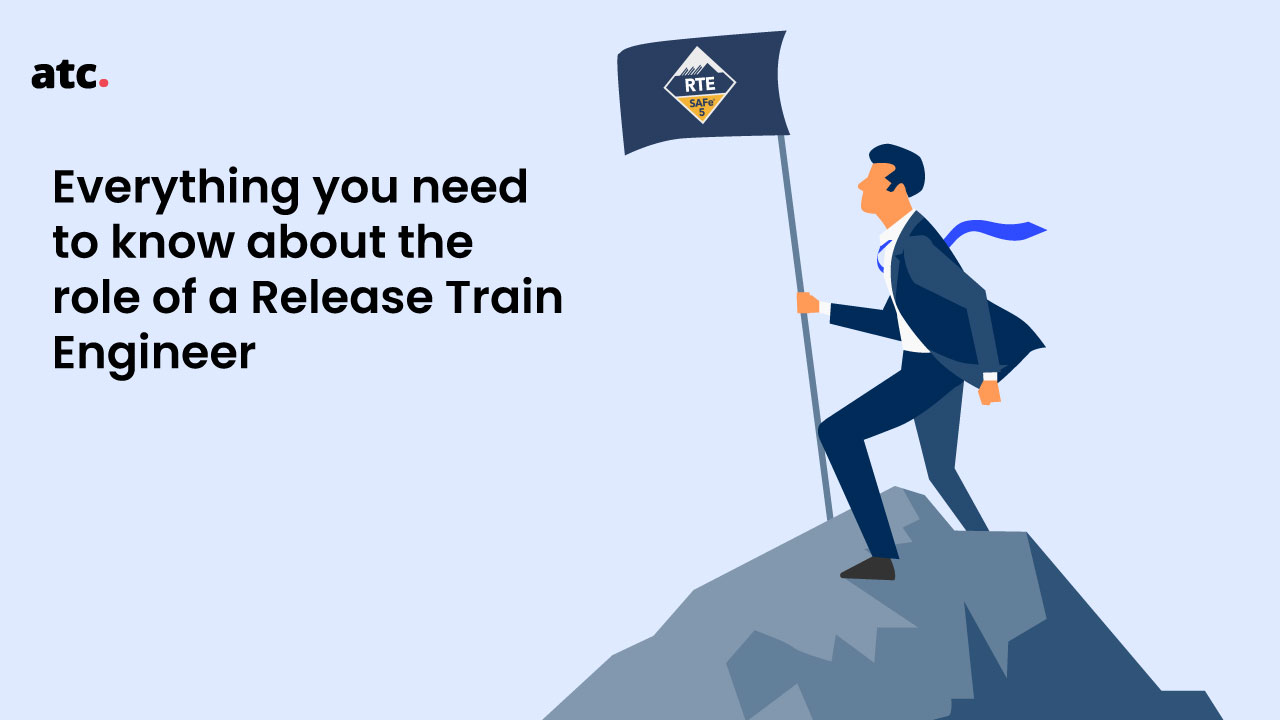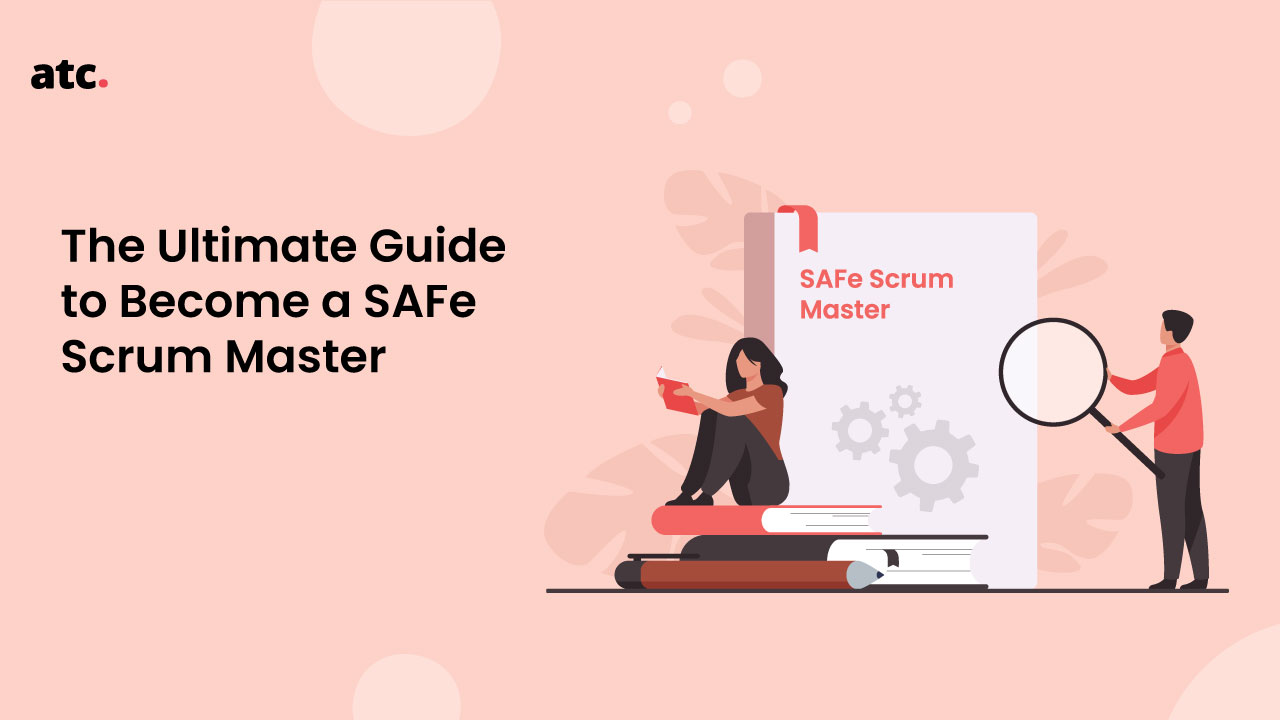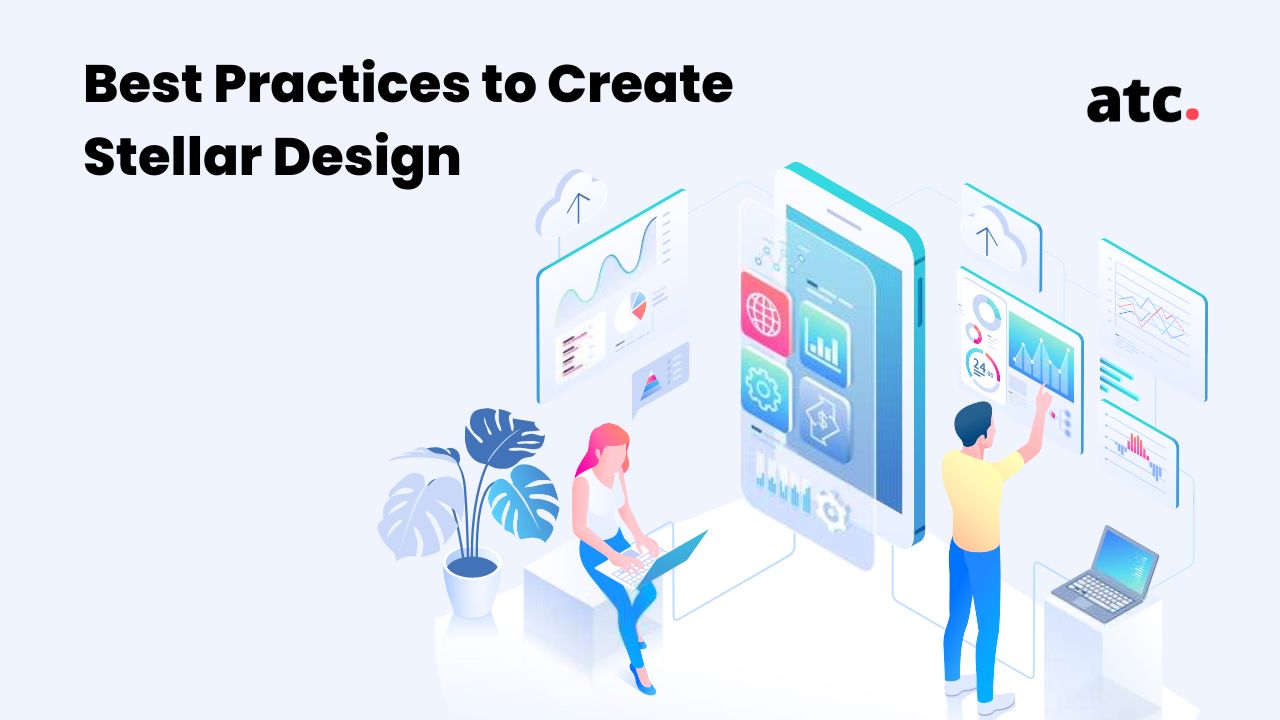Subscribe to the blog
Software as a service (SaaS) user benefits include high-speed deployment, flexibility, enhanced cost savings, and the freedom to scale whenever you want. However, you cannot utilize these benefits if you do not understand its underlying architecture.
Although SaaS products seem incredibly easy to install and use, their architecture revolves around many complex technical concepts. Whether you are trying to build a SaaS product or want to know which architectural approach is the best for your business, this guide will help you understand the fundamentals of SaaS architecture, including its core components, types, and best practices. Let’s get started.
What is SaaS Architecture?
SaaS architecture refers to the design and structure of the SaaS application that is delivered and accessed over the internet rather than installed on a user's device. It allows easy access to the software and can be updated and maintained remotely.
As different users adopt SaaS products, some may demand additional functionalities or better security features. With the right architecture model, you can customize the system, avoid possible risks, and minimize costs.
Core Components of a SaaS Architecture
Unlike the design of legacy applications, SaaS architecture is versatile. Let’s take a closer look at the core components of SaaS architecture to help you build a perfect solution for your business.
- Cloud infrastructure: SaaS applications offer many advantages to users by delivering them through the internet, but to ensure a smooth-running user experience, adequate cloud infrastructure is absolutely essential. Without it, scalability becomes impossible and SaaS applications risk becoming inefficient or unstable. The key elements of cloud infrastructure include servers, storage, and networking resources; not only providing the basis for running applications efficiently but also allowing for growth as businesses expand their operations.
- Data management: Another core component of SaaS architecture is data management. As the software needs to store and manage large data sets for each user, it needs to have capabilities that make data secure and easily accessible.
- Tenant onboarding: In simple terms, tenants are individual users in the SaaS space. The SaaS architecture you are building must have a frictionless model for introducing new tenants into their environment. Onboarding should be fully automated, and the application must have dedicated resources for the users.
- Security: SaaS products store sensitive data that may be vulnerable to cyber threats. And this is why having proper security controls and protocols is crucial. The provider must integrate robust security measures into the system’s architecture, such as end-to-encryption, vulnerability testing, and more. The architecture must also protect data and ensure compliance with regulations such as HIPAA and PCI-DSS.
- Integration: SaaS applications are often integrated with CRM, accounting, and other business systems to provide businesses with a holistic view of their operations. So the architecture must have built-in APIs and other integration technologies to allow the software to work seamlessly with other systems.
- Maintenance and support: This involves designing a toolkit to help users maintain and update the software automatically. It must also have a customer support system to help users with any issues or questions.
P.S. If you want to learn how to design the perfect SaaS onboarding experience, read this guide!
Different Types of SaaS Architecture
The SaaS space has not fully matured yet. Every day newer entrants are coming in and bringing innovative architectural models that are changing the game. So it can be tough to categorize them into set categories. Below, we have listed the top SaaS architecture types to give you an idea of what is currently happening in the industry and ensure that you make the right choice.
Based As Per Industry: Horizontal and Vertical SaaS Architecture
Here’s a brief overview of how horizontal and vertical SaaS architectures are built differently.
Horizontal SaaS Architecture
Horizontal SaaS architecture is designed and built to cater to users across all industries. They have a suite of advanced and integrated features with guaranteed security and performance standards that attract global corporations from all industries.
Software giants like Salesforce, Microsoft, and AWS offer users a horizontal SaaS architecture where they can access multiple features as per their requirements.
Vertical SaaS Architecture
Unlike the horizontal model, vertical SaaS architecture is designed and developed for a specific industry vertical or function. It involves orchestrating an ecosystem with deep expertise that addresses the needs of a particular niche. This architecture may not include a broad feature set but is purpose-driven to solve a specific industry problem.
SaaS companies such as Guidewire and IBM offer solutions targeted to solve a specific industry problem.
Based As Per Tenancy: Single-Tenant and Multi-Tenant SaaS Architecture
Let’s do a quick comparison between single-tenant and multi-tenant SaaS architecture.
Single-Tenant SaaS Architecture
In a single-tenant SaaS architecture, everything is customized to fit the need of a single buyer and the resources cannot be shared with other customers. Each user has a dedicated server, supporting infrastructure, and database. That way, each tenant’s data is isolated from another.
Multi-Tenant SaaS Architecture
This architecture is the most preferred by global companies as it is cost-effective and supports multiple use cases. In this architecture, multiple instances of an application operate in a shared environment. Tenants share the database, the infrastructure, and other properties. All buyers have the same display, data configuration, and rules.
Single-Tenant vs Multi-Tenant SaaS Architecture
Here’s a table offering insights into the pros and cons of each architecture model:
| Features | Single-Tenant SaaS Architecture | Multi-Tenant SaaS Architecture |
| Security | As it is built for a single tenant, security measures are solid. Users also do not have to share resources with others, so there is less risk of data theft and other security breaches. | As there are multiple tenants, data security is not as strong as that of single-tenant SaaS architecture. |
| Customization | Offers users multiple customization opportunities. | Customization is restricted as resources are shared with multiple customers. |
| Costs | It can be costly to build as each tenant requires a single instance, and each has to be paid for. | These are comparatively cost-effective as the architecture promotes the exchange of resources, and scaling up has fewer implications on your budget. |
| Data management | The architecture is designed for efficient data management, allowing tenants access to advanced backups and disaster recovery systems. | Data management is efficient, and you can scale up according to business requirements. |
| Maintenance and support | Maintenance charges can add up quickly. But vendor support is always available. | Maintenance costs are manageable. And vendor support is also available. |
Best Practices to Create a SaaS Architecture
Let’s discover the top SaaS architecture practices to help you create a scalable, efficient, and easy-to-use application.
- Implement the best security practices: Security issues represent the biggest obstacle to the growth of SaaS. But using protocols and encryption, implementing access controls, regularly monitoring suspicious activities, and adhering to compliances can lessen the risk of infiltration.
- Utilize a containerization platform: Containerization platforms such as Docker enables you to package an application and its dependencies into a single container. This makes it easy to move your application between different environments for consistent performance.
- Use a flexible data storage solution: A flexible data storage solution such as a NoSQL database or cloud-based data storage service can help you manage large data sets.
- Develop a robust monitoring and logging system: Monitoring and logging are essential to resolve troubleshooting issues. A feature-rich logging system can help you quickly identify and address potential issues.
- Use automation tools: By automating tasks such as deployment, testing, and monitoring, you can save time and reduce the risk of human error.
Want to ensure that your SaaS application is secure? Read all about SaaS security here.
Choose the Best SaaS Architecture Model With ATC!
The SaaS industry has transformed the traditional software delivery model, and user spending has reached nearly $200 billion. So if you have not yet adopted any solution, this is the right time to kickstart your SaaS journey.
Whether you are getting started with SaaS or want to develop a customized solution, we are here to solve complex SaaS development challenges.
Being a market leader in SaaS development since 2008, ATC has helped the world’s leading companies design, build, and deploy the best SaaS applications. From doing core development work to software testing, our experienced team can handle complex projects of any size.
Have any questions regarding our SaaS development services? Don’t hesitate to reach out to us here.
Frequently Asked Questions About SaaS Architecture
Where is SaaS Hosted?
SaaS applications are delivered through the internet, but to ensure a smooth-running user experience, adequate cloud infrastructure is absolutely essential. It provides the software with its servers, databases, networking, and other computing resources.
Can SaaS Architecture Be Customized?
Yes, SaaS architecture can be customized as per business requirements. You can opt for a single-tenant architecture, design additional integrations and tools, and even make system changes to make it more efficient.
What is Hybrid SaaS?
Hybrid SaaS is a model that combines SaaS with an on-premise software application. It enables companies to leverage better user control and data privacy.
What Goes Into the Design of a SaaS Architecture?
There are a lot of things that go into the design of a SaaS architecture. It usually depends on what your business goals are. The most common considerations include deciding the nature of the application architecture, doing user research, providing easy integration, customization, and user control, and choosing performance metrics.
What Are Some Best Examples of SaaS Architecture?
While every SaaS architecture is designed uniquely. Some of the best examples include Salesforce, Zendesk, Hubspot, and Google Workspace.




